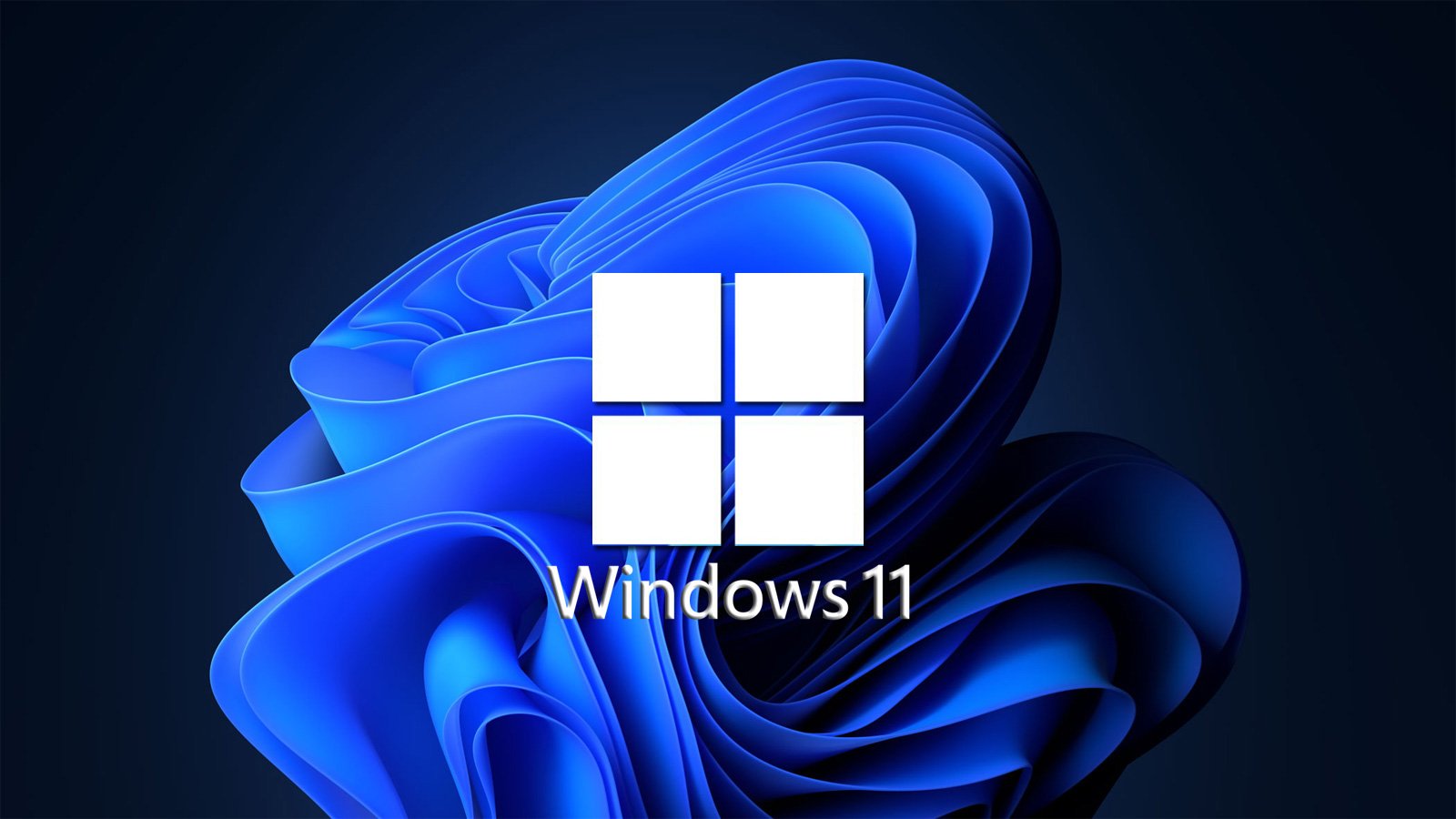I downloaded the "beta" Pro version from the Windows Insider channel and did a clean install a couple days ago, but it's the same build number as the one released today.
I'm actually pretty thrilled with it. I think they tweaked things in all the right areas to improve usability and aesthetics without reinventing/breaking things for no reason (i.e Windows 8) that invariably alienates long time Windows users. Feels a lot cleaner and more streamlined. I do appreciate the new security features.
Mine activated no problem without ever entering an activation code, I assume they use the digital license tied to your PC. The install was simple, not much different than Windows 10 in that regard.
There's a couple things that are missing/changed that I haven't been able to find, that were easy to in Win10-- one is the ability to show all icons/notifications in the system tray (instead of some getting bunched together in what Microsoft now calls the "overflow".) The other is power settings, I can find the balanced/performance profiles and sleep settings, but I can't find the detailed menu where you can set things one by one, such as hard drive shutdown timer, PCI-E link management, etc. I haven't had time to put a lot of effort into finding them, however.
One HUGE improvement I noticed right away is HDR compatibility. Previously in Windows 10, anytime I enabled HDR the screen would be completely washed out, and no amount of color correction / brightness settings (even on the screen itself) would fully correct it. In Windows 11 it worked right from the get-go, image quality/appearance is the way it should be. Looks stunning on my 4K display, and it will automatically enable HDR mode in (presumably Microsoft) applications that support it. It set HDR on Flight Sim 2020 and even Microsoft's solitaire suite automatically.
I'm curious to see if/how non-spec PCs will be handicapped, as Microsoft will purportedly allow you to install Win11 on older devices, but I've been hearing a lot of back and forth on whether you will be able to receive security/feature updates. I have a couple older Xeon PCs that are still modern from a performance standpoint, but don't support TPM. I use one as my media server and it'd be nice to put Win 11 on these. I'll probably give it a shot and see what happens.


